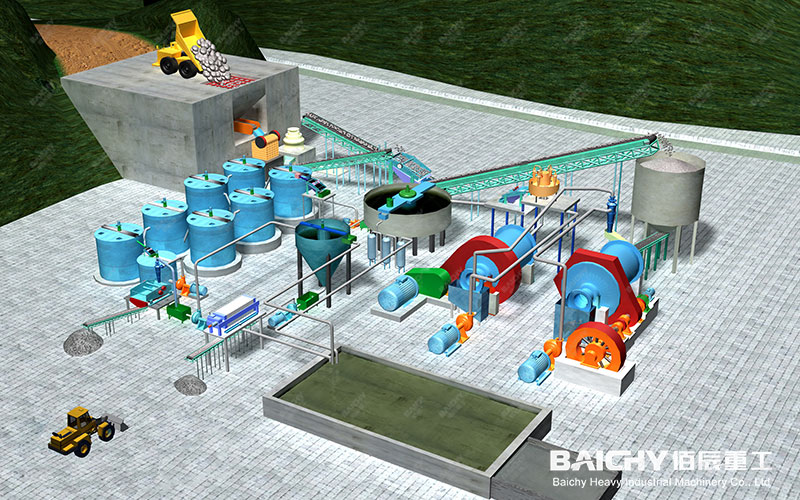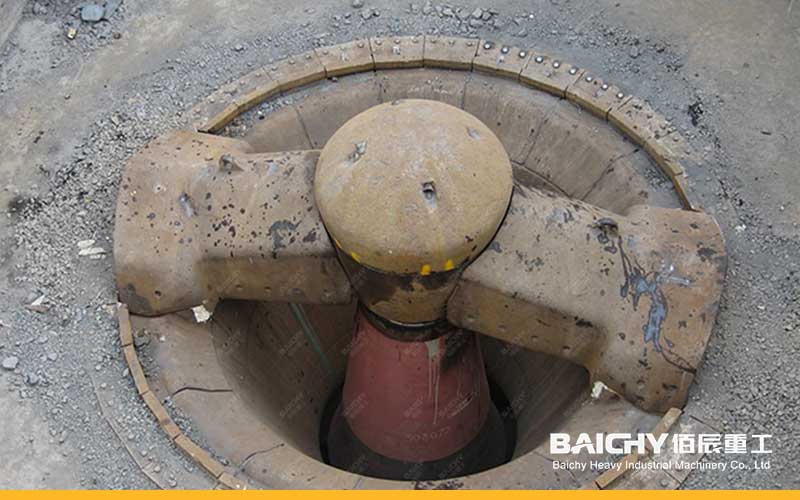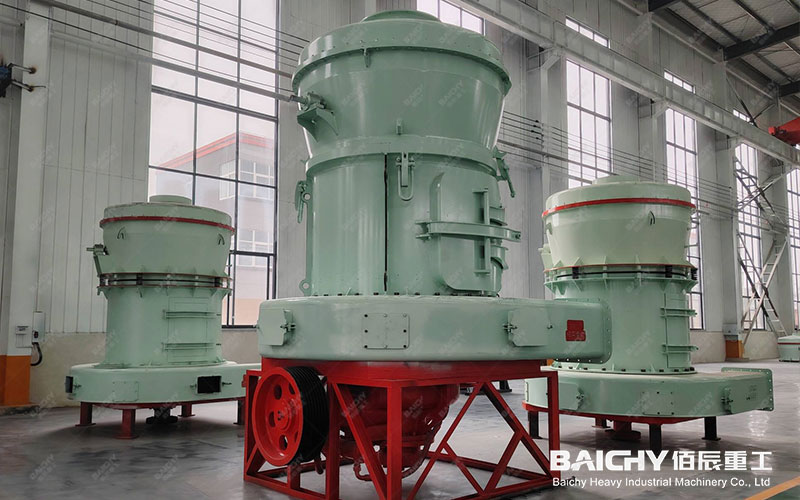
In the field of gold smelting, cyanidation is currently the most important and economical method for extracting gold from ore. Carbon-in-Pulp (CIP) and carbon-in-leach (CIL) are two of the most widely used and efficient processes within cyanidation. Both utilize activated carbon to adsorb gold from the ore pulp, but the different process sequences lead to significant differences. This article will provide an in-depth analysis of these two core gold extraction processes.
I. Core Principles: The Secret of Activated Carbon's Gold Capture
Both CIL and CIP processes are based on two core chemical processes:
1. Cyanide Leaching: Under alkaline conditions with oxygen, elemental gold in the gold-bearing ore reacts with a cyanide solution to form a water-soluble gold-cyanide complex.
◦ Chemical Reaction: 4Au + 8NaCN + O₂ + 2H₂O → 4Na[Au(CN)₂] + 4NaOH
◦ The purpose of this step is to convert solid, non-extractable gold into an ionic state in solution.
2. Activated Carbon Adsorption: Activated carbon possesses a large specific surface area and abundant pore structure, exhibiting extremely strong selective adsorption capacity for gold-cyanide complexes. Like a highly efficient catcher, activated carbon can firmly adsorb gold-cyanide complexes in solution onto its surface, thereby achieving the separation of gold from the impurity solution.
II. CIP Process (Carbon-In-Pulp): Leaching First, Adsorption Later
CIP is a relatively traditional process, characterized by leaching and adsorption being carried out sequentially in two independent series of tanks.
Standard CIP Process Steps:
1. Grinding and Pretreatment: The raw ore is crushed and ground to achieve the required fineness (usually -200 mesh or higher accounting for 85%), preparing a slurry of a certain concentration.
2. Cyanide Leaching: The slurry enters a series (usually 4-6) of leaching tanks connected in series. At this stage, sodium cyanide and lime are added (to adjust the pH to 10-11 to prevent the formation of highly toxic HCN gas from cyanide), and air or oxygen is introduced to ensure complete dissolution of the gold.
3. Activated Carbon Adsorption: The leached slurry enters another series (usually 4-8) of adsorption tanks connected in series. The tanks are filled with granular activated carbon, and the slurry and activated carbon move counter-currently (fresh slurry enters from the first adsorption tank, and gold-loaded activated carbon exits from the last adsorption tank; fresh activated carbon is added from the last adsorption tank and removed from the first). This counter-current operation ensures high adsorption efficiency, resulting in extremely low gold content in the tailings discharged from the first adsorption tank.
4. Gold-Loaded Carbon Treatment: The gold-rich gold-loaded carbon removed from the first adsorption tank is sent to desorption, electrolysis, and acid washing regeneration processes, ultimately refining into gold ingots. The regenerated activated carbon is returned to the system for recycling.
Key Features: Clear process flow, distinct stages, and the ability to optimize leaching and adsorption conditions separately.
III. CIL Process (Carbon-In-Liquidation): Simultaneous Leaching and Adsorption
CIL is an improved process developed from CIP, combining the leaching and adsorption processes within the same series of tanks.
CIL Standard Process Steps:
1. Grinding and Pretreatment: Same as CIP.
2. Combined Leaching and Adsorption: The slurry enters directly into a series of CIL tanks (usually 6-9). In the first 2-3 tanks, cyanide leaching primarily occurs. From the 3rd or 4th tank onwards, activated carbon is added. From this point onwards, leaching and adsorption occur simultaneously in all subsequent tanks. The activated carbon also moves countercurrently with the slurry.
3. Tailings Discharge and Gold-Loaded Carbon Extraction: Tailings discharged at the end of the process are safely treated and discharged into a tailings pond. The activated carbon in the first CIL tank at the very beginning of the process has the highest gold grade and is discharged as gold-loaded carbon for subsequent processing.
Key Features: Compact process, typically lower investment and operating costs, and effectively suppresses the formation of gold dust (dissolved gold re-reduced by impurities in the slurry such as mercury and talc).
IV. Core Differences and Selection Criteria between CIL and CIP
Characteristics: CIP (Carbon-In-Pulp) CIL (Carbon-Leach-In)
Process Flow: Leaching and adsorption are carried out in two separate tank sets. Leaching and adsorption are combined in the same tank set.
Investment Cost: Higher (more tanks, more complex infrastructure such as plant, pipelines, and pumps). Lower (shorter process, fewer equipment and less floor space).
Gold Powder Suppression: Poor. Dissolved gold is at risk of being reduced by impurities to form gold powder during the process from the end of the leaching tank to the beginning of the adsorption tank, resulting in gold loss. Excellent. Activated carbon is added in advance, and gold is quickly adsorbed once dissolved, greatly reducing the risk of gold powder formation.
Applicable Ores: More suitable for oxide ores with relatively simple mineral composition and less prone to gold powder formation. Wider application, especially suitable for complex ores containing gold-robbing substances (such as copper, antimony, arsenic, mercury, etc.) or prone to gold powder formation.
Process control: Leaching and adsorption conditions can be optimized independently, allowing for more flexible control. Integrated processes offer relatively simple control but require high operational stability.
CIL and CIP are both pillar technologies of the modern gold industry. CIP is a mature and stable process with distinct stages; while CIL, with its compact process, lower investment, and effective suppression of gold dust, has become the preferred process for newly built gold mine beneficiation plants.
In practical selection, a detailed process mineralogical study and continuous testing of the ore are necessary. The most suitable process scheme should be determined based on a comprehensive consideration of ore properties, investment budget, operating costs, and recovery rate. Understanding their similarities and differences is key to optimizing gold recovery and maximizing economic benefits.










